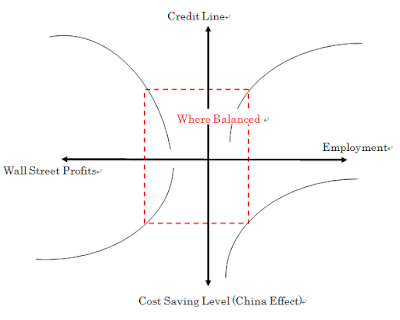Brief History of Development of Nuclear Energy in Japan
In April 1941, a general of the Imperial Army of Japan requested Rikagaku Kenkysuyo (RIKEN) to start research aimed at construction of an atomic bomb. Rikagaku Kenkyuso had the first Japanese cyclotron.
In January 1943, the head of Rikagaku Kenkyuso submitted a report that it was possible to make an atomic bomb using uranium-235.
In July 1944, Rikagaku Kenkyuso started enrichment of uranium.
In March 1945, they obtained a sample from the uranium enrichment work only to find failure in enrichment. Japanese scientists involved had no idea of using plutonium.
In August 1945, the Empire of Japan surrendered to the U.S., etc. putting an end to WWII. The atomic bomb project of the Imperial Military was abandoned.
...
In April 1952, in the wake of conclusion of a peace treaty with the U.S., etc., a ban on Japan's development of nuclear energy was lifted.
In March 1954, the first budget proposal for nuclear development was submitted to the Japanese parliament called the Diet.
In December 1955, the Atomic Energy Basic Law was passed by the Diet.
In 1956, the Atomic Energy Commission was established in the Japanese Government to formulate Japan's nuclear development policy.
...
On October 26, 1963, Japan succeeded generation of electricity from a power demonstration reactor built in Tokai Village, Ibaraki Prefecture.
In 1966, Japan introduced a modified Calder Hall-type nuclear reactor from Britain to start 166,000 kW operation as the first of its commercial nuclear electricity generation.
In November 1970, Kansai Electric Power Co., Inc. completed construction of a pressurized-water reactor (PWR), introduced from US Westinghouse, in the Mihama Nuclear Power Plant, Fukui Prefecture. It is a type of light-water nuclear reactors.
In March 1971, Tokyo Electric Power Co., Inc. completed building of a boiling-water reactor (BWR) designed by US GE, which is a type of light-water nuclear reactors, in Fukushima Daiichi Nuclear Power Plant.
Since then, Japan only built a light-water type of nuclear reactors....
In March 2011, an M9.0 earthquake occurred with its epicenter in the Pacific Ocean 150 kilometers off Fukushima Daiichi. It triggered a 15-meter high tsunami which crippled four reactor units among six in Fukushima Daiichi situated 220 km northeast of Tokyo.
(to be continued...)
*** *** *** ***
Luk 12:29 And seek not ye what ye shall eat, or what ye shall drink, neither be ye of doubtful mind.
Luk 12:30 For all these things do the nations of the world seek after: and your Father knoweth that ye have need of these things.
Luk 12:31 But rather seek ye the kingdom of God; and all these things shall be added unto you.
Luk 12:32 Fear not, little flock; for it is your Father's good pleasure to give you the kingdom.


























































